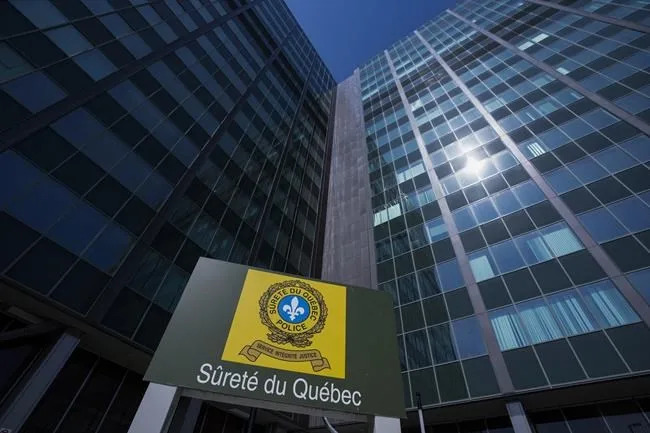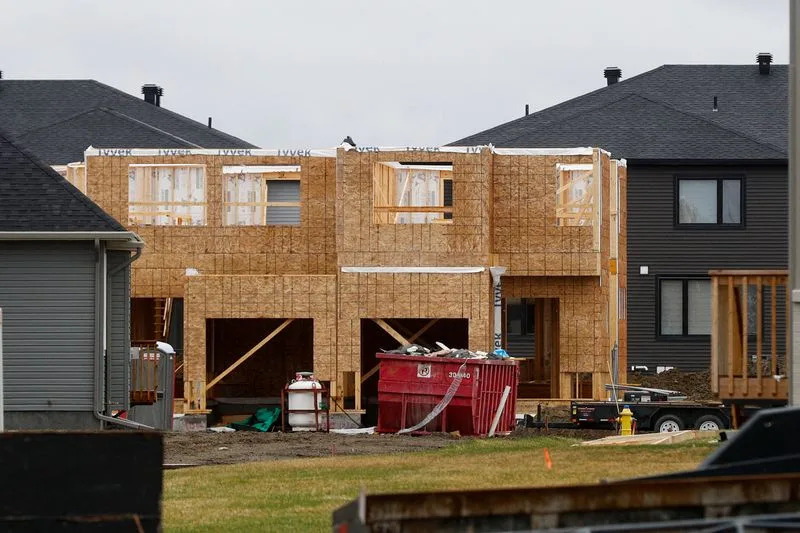Story by Aya Dufour •2w
North Bay community members will see a protest instead of a parade during this year's Pride celebrations in the northern Ontario city.
Jason Maclennan, North Bay Pride's director of communications, said the switch is necessary to reflect the need for change.
"A Pride parade is people celebrating who they are," he said. "A march is people demanding change, and that's what we need to have right now."
Instead of having a festive tone, the Sept. 16 event will focus on demanding more equity and inclusion.
Maclennan said community members have been facing increased hate, including online comments, death threats, and the normalization of anti-trans and anti-LGBTQ discourse in public life.
"People need to stop sharing hate and misinformation about the community."
He said hate groups tend to comprise only a few people, but they are organized.
"They will use buzzwords like grooming, and instead of actually researching and looking into it, [people] fall for that narrative.
"It's an emotional response," he said. "Then they share it, and it becomes bigger, and bigger and bigger."
He added this kind of discourse is detrimental to the 2SLGBTQ+ community in North Bay.
"It's forcing people back in the closet, denying who they are," he said.
"It contributes to suicide rates in youth and people not understanding their children when they come out."
Maclennan said the group has struggled to meet with local elected officials to express their concerns.
Related video: Thousands take in Vancouver Pride Parade (Global News)Duration 1:48 View on Watch
"It's so important that political leaders step up against hate and if they aren't doing that, they shouldn't be in politics," he said.
The riding's member of Parliament, Anthony Rota, was not available to comment on this before publication of this story, and MPP Vic Fideli did not respond to CBC's request for comment.
Anti-LGBTQ+ hate crimes rising elsewhere
Laur O'Gorman, chair of Fierté Sudbury Pride, said the organization also wanted to plan a march instead of a parade during their events in July.
"Especially this year, with all the pushback, we felt like we really had to do a march, something that is stronger and more political," they said.
However, disagreement with the city over the police's role in the event led Fierté Sudbury Pride to drop the march altogether from this year's program.
At the time, the Greater Sudbury Police Service (GSPS) said in an email to CBC News that it respected Sudbury Pride's decision to cancel the parade and would "continue to work towards repairing and creating relationships built on mutual respect and understanding."
Still, O'Gorman believes actions are needed to slow down the pace of anti-LGBTQ+ hate.
"I frequently find things about myself coming up online," they said. "There are posts saying that I'm friends with pedophiles and that we have pedophiles on the Pride board. Not true at all."

Fierté Sudbury Pride has lit up the Big Nickel with the Pride colours in past Pride events.
"That person said: 'I know where you live, I know when you're home, I know when you're away, and I'm going to do something Sudbury will be remembered for.'"
Another incident included being followed in the street and having insults hurled at them.
O'Gorman said they brought evidence of these threats to the police, but added no action was taken as authorities do not consider these to be "direct threats."
Contacted by CBC News to respond to O'Gorman's comment, Sudbury police said in an email Tuesday: "We would be happy to review the matter once provided the specifics regarding the incident."
O'Gorman believes North Bay Pride is doing the right thing in holding a protest.
"We would have loved to march, because it's badly needed. For us, though, we needed to do it without the police leading the way."
CEDAR GLEN, Calif. (AP) — A dispute over an LGBTQ+ pride flag at a California clothing store spiraled into deadly violence this weekend when a man shot and killed the 66-year-old business owner right in front of her shop, authorities said.
The man ran away from the store after the shooting Friday night but was later found and killed in a confrontation with officers from the San Bernardino County Sheriff’s Department.
The agency said Laura Ann Carleton was pronounced dead at Mag.Pi, the store she owned and operated in Cedar Glen. The small community in the San Bernadino Mountains is roughly 60 miles (96 kilometers) east of downtown Los Angeles.
Before the shooting, the man “made several disparaging remarks about a rainbow flag that stood outside the store,” sheriff's officials said.
It was not immediately clear what happened when officers confronted the man, whose identity hadn't been released as of Sunday.
Carleton, who preferred to be called “Lauri,” is survived by her husband and nine children in a blended family.
An LGBTQ group in nearby Lake Arrowhead said Carleton didn’t identify as a member of the LGBTQ+ community. But she spent time helping and advocating for everyone, and was defending her Pride flags placed in front of her shop on the night of the shooting, the group said.
There was an outpouring of support on social media over the weekend, with commenters expressing shock and sadness on the store's accounts. Many included rainbow flag emojis.
Law enforcement agencies in several states have investigated the destruction of rainbow Pride flags as potential hate crimes in recent years.
The Associated Press












